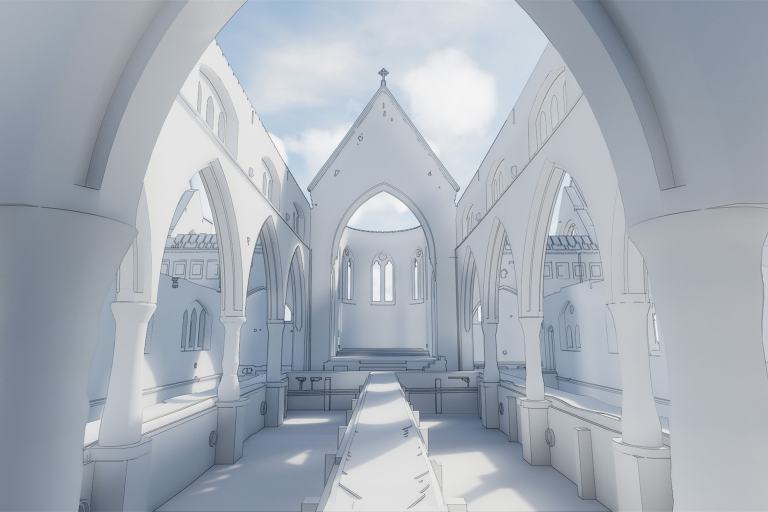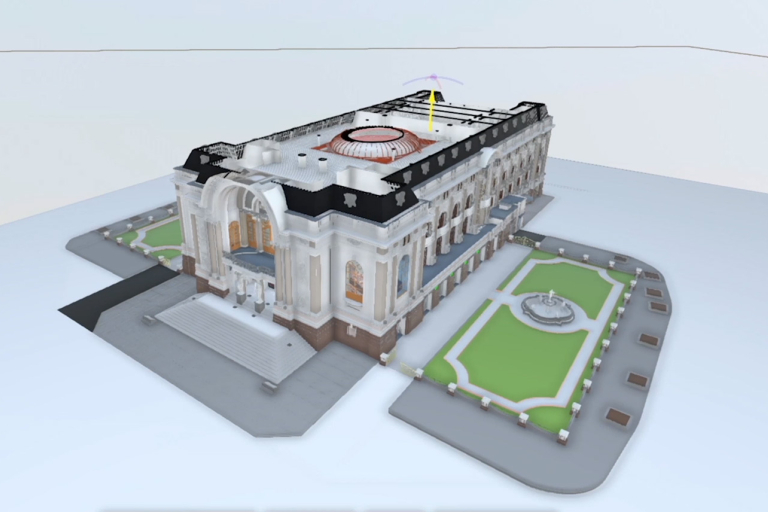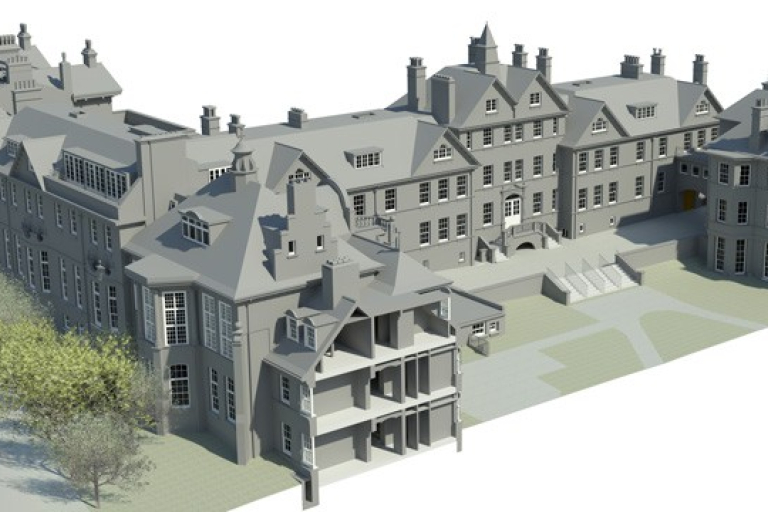In this exploration, we'll delve into how Building Information Modeling (BIM) isn't just for the future; it's a powerful tool for safeguarding our historical treasures. Let's unravel the magic of how modern technology can be a guardian of the past, ensuring that our heritage remains intact for generations to come. Join us on a journey where innovation meets history, and discover the role BIM plays in the preservation of our cultural legacy.
The Role of BIM Technology in Safeguarding Cultural Heritage Sites
Preservation Planning
One of the key ways BIM contributes to cultural heritage protection is through preservation planning. By creating a digital model of a heritage site, experts can analyze its current condition, identify potential threats, and devise strategic plans for conservation. For instance, the BIM model might reveal structural weaknesses that need attention, allowing preservationists to proactively address issues before they escalate.
Case Example: The Leaning Tower of Pisa
The Leaning Tower of Pisa, a UNESCO World Heritage site, faced stability issues for centuries. By employing BIM technology, engineers created a detailed model to understand the structure's complex geometry and identify the causes of its lean. This information guided restoration efforts, ensuring the preservation of this iconic landmark.
Efficient Documentation
BIM is a game-changer when it comes to documentation. Traditionally, preserving cultural heritage involved extensive paperwork and manual record-keeping. BIM streamlines this process by digitally storing a wealth of information about a structure. This not only ensures accuracy but also simplifies the sharing of data among experts and stakeholders.
Case Example: Machu Picchu
Machu Picchu, nestled in the Andes, faced challenges due to its remote location and vulnerability to natural elements. BIM facilitated the creation of a comprehensive model, aiding in the documentation of the site's unique architecture. This digital archive becomes invaluable for ongoing preservation efforts and scholarly research.
Risk Mitigation
Cultural heritage sites are susceptible to a myriad of risks, from earthquakes to climate change. BIM technology allows experts to simulate potential threats and assess their impact on a structure. This risk analysis informs decision-making processes, enabling the implementation of preventive measures.
Case Example: The Colosseum
The Colosseum in Rome, subjected to centuries of wear and tear, needed a robust preservation strategy. BIM technology enabled experts to simulate various environmental scenarios and assess the potential impact on the structure. This proactive approach has been crucial in safeguarding this ancient amphitheater.

Read more: How Beneficial is BIM for Road and Highway Design?
How to Create BIM for Heritage Buildings?
Step 1: Choose the Right Technology
Creating a BIM model for heritage buildings begins with selecting the appropriate technology. Laser scanning and photogrammetry are two commonly used methods. Laser scanning captures detailed surface dimensions using laser beams, producing a 3D point cloud. On the other hand, photogrammetry reconstructs 3D geometry from a series of photographs, creating a 3D mesh. Each method has its strengths, so choose based on your project's requirements.
Step 2: Laser Scanning - Capturing Building Surfaces
Laser scanning involves emitting laser beams to capture the shape and dimensions of the heritage building's surfaces. This non-intrusive method is particularly useful for intricate architectural details. Once the scanning is complete, the collected data is processed to generate a 3D point cloud.
Step 3: Photogrammetry - Transforming Photos into 3D Models
Photogrammetry relies on a series of photographs taken from different angles to reconstruct a building's 3D geometry. Using specialized software, these photographs are stitched together and aligned, creating a 3D mesh. This mesh serves as a foundation for the BIM model.
Step 4: Importing Data into BIM Software
With the 3D point cloud (from laser scanning) or the 3D mesh (from photogrammetry) in hand, it's time to import this data into BIM software. Popular BIM tools include Autodesk Revit, ArchiCAD, or Bentley MicroStation. The imported data acts as a reference, providing a detailed foundation for the BIM model.
Step 5: Modeling with Precision
Now comes the creative part. Utilizing the reference data, architects and modelers can begin constructing the BIM model. This involves adding layers of information, such as materials, historical data, and structural details. The goal is to create a comprehensive digital representation that mirrors the heritage building's unique characteristics.
Step 6: Iterative Refinement
BIM is not a one-and-done process. Regular refinement is essential. Collaborate with historians, architects, and preservationists to ensure the model accurately reflects the building's historical and architectural nuances. Iterate and refine until the BIM model aligns seamlessly with the heritage building.

Read more: Step By Step To Create As Built Model From Point Cloud For Heritage Buildings
Challenges of Using BIM for Heritage Buildings
Figuring Out the Right Details
Heritage buildings often have lots of little details that make them special. But when we use BIM, it can be tricky to decide how much detail to include in the model. Imagine you're drawing a picture, and you want to capture all the unique features of an old house without making it too complicated. Finding the right balance is like solving a puzzle.
Dealing with Tricky Shapes and Materials
Unlike modern buildings that follow standard rules, heritage buildings can be like a mix of different shapes and materials. It's a bit like fitting puzzle pieces that don't have regular edges. Think about an old castle with its uneven walls and stones of all shapes and sizes. Making BIM work for these buildings means finding creative ways to handle their special shapes and materials.
Putting Together Different Kinds of Information
Heritage projects need a bunch of information from various sources like old documents, scans, and pictures. Imagine you're making a scrapbook, and you have to combine drawings, photos, and written stories to tell the whole history of a place. In BIM, making all these different bits of information work together smoothly can be a bit like making sure all the pieces of your scrapbook fit well and make sense.
How to Overcome Challenges of Using BIM for Heritage Buildings?
Set Clear Goals
Think of it like planning a big project. Before using BIM, figure out exactly what you want. If you're fixing up an old building, decide if you're all about making it strong or making it look like it used to. Clear goals make sure everyone is on the same page.
Example: If you're fixing up a really old library, ask yourself: "Do we want it to look old-school or just want to make sure it stands up straight?"
Pick the Right BIM Tools
BIM tools are like a cool set of gadgets. Choose ones that can handle tricky shapes and old materials. It's like having tools that fit the job perfectly. Make sure the tools can be customized. Old buildings are unique, so your BIM tools should be able to handle that.
Example: If your special building has lots of fancy designs from a long time ago, your BIM tools should be able to copy those designs.
Use the Same Rulebook
BIM has rules, just like a game. Follow these rules to make sure everyone understands each other. It's like speaking the same language. This avoids mistakes and keeps things smooth.
Example: Think of BIM rules like using the same rulebook in a game. It helps everyone understand and play together without any confusion.
Get Good Tools
Having good tools is crucial. For BIM, this means having strong computers and software. It's like having a reliable set of tools for a big job. Consider using the internet to store and share all the BIM info. It's like having a safe and big storage room for all the plans.
Example: Imagine you're working in an old theater. You need a powerful computer to create a detailed model, and using the internet for storage is like having a huge room to keep all your plans safe and sound.

Above is all the information about using BIM for heritage buildings. If you have any questions, contact us here for answers. Thanks!
Categories





